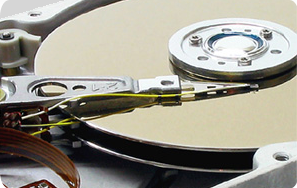

Desktop users have no reason to choose “Power saver,” and even laptop users should consider the “Balanced” option when unplugged - and “High performance” when connected to a power source. “High performance” gives you the most oomph, but uses the most power “Balanced” finds a happy medium between power use and better performance, and “Power saver” does everything it can to give you as much battery life as possible. To change your power setting, simply choose the one you want, then exit Control Panel. You’ll typically see two options: “Balanced (recommended)” and “Power saver.” (Depending on your make and model, you might see other plans here as well, including some branded by the manufacturer.) To see the “High performance” setting, click the down arrow by “Show additional plans.”Ĭhange your power settings in Control Panel to give your PC a performance boost. To do it, launch the Control Panel app, then select Hardware and Sound > Power Options. (Even desktop PCs typically have a “Power saver” plan.) Changing your power plan from “Power saver” to “High performance” or “Balanced” will give you an instant performance boost. That plan reduces your PC’s performance in order to save energy. If you’re using Windows 10’s “Power saver” plan, you’re slowing down your PC.

In just a few minutes you can try out this baker’s dozen of tips your machine will be zippier and less prone to performance and system issues. Want Windows 10 to run faster? We’ve got help. If you want to optimize Windows 10, take a few minutes to try out these tips to speed up your PC and make it less prone to performance and system issues.


 0 kommentar(er)
0 kommentar(er)
